1950s
1950
1953
The Minister for Territories Paul Hasluck re-launches a new policy for Indigenous people. He claims that “Assimilation does not mean the suppression of Aboriginal culture but rather that, for generation after generation, cultural adjustment will take place. The native people will grow into the society in which by force of history, they are bound to live”. Assimilation however remains in part a policy of coercion.
1954 - 1964
A further wave of revocation relating to the Government policy of assimilation and the removal of Aboriginal people from traditional reserves to new reserves set aside in other places or outside towns. Probably all of the Narrabeen community are trucked to western Sydney. After this time, no official or unofficial reserves remain in Guringai country.
1959
The last community campsite on the northern Sydney coast, at Narrabeen, is destroyed to make way for the National Fitness camp.
Dennis Foley writes (Foley, 2001: 57-8)
“Many of our people lived in and around the Narrabeen area long into the 1960s. They were fishermen or worked in rural industry before the 1940s when cattle and farming were still attempted in the northern beach areas. The area that the New South Wales Academy of Sport is built on, was one of our last camps. The National Fitness Camp as it was then known was constructed on the bulldozed foundations of a camp that survived on the urban fringe right up to the late 1950s. … As children we would accompany our uncles fishing for blackfish, crab and prawn. They knew exactly when and where to fish. This was of course before the murder of the lake by pollution”.











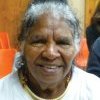
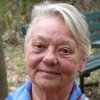

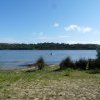

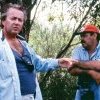
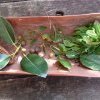
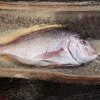
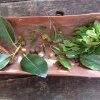

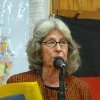
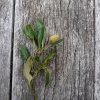
.thumbnail.jpg)
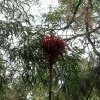
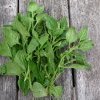
 to drink.thumbnail.jpg)
